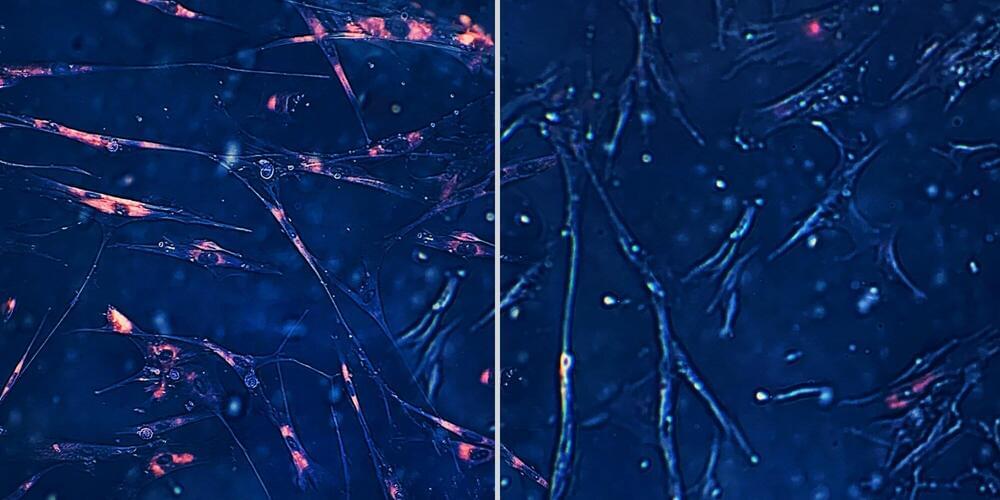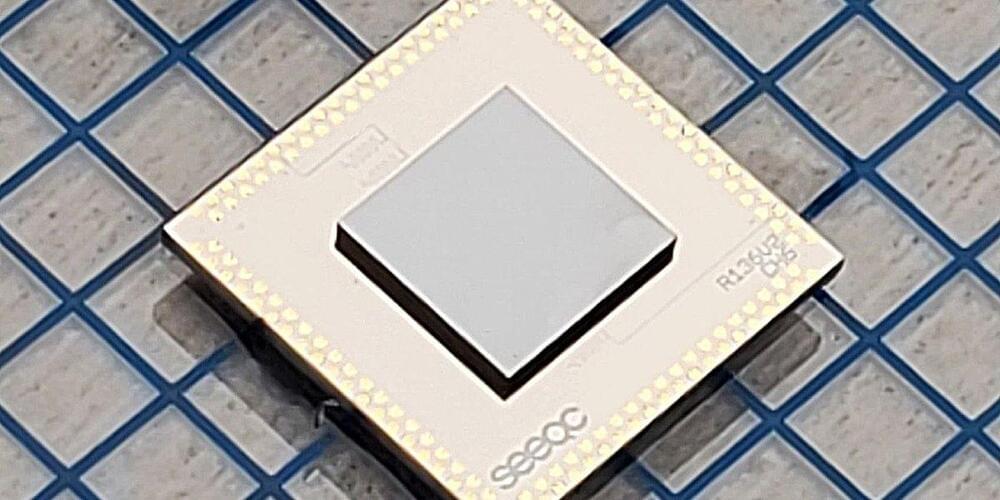A new publication in the May issue of Nature Aging by researchers from Integrated Biosciences, a biotechnology company combining synthetic biology and machine learning to target aging, demonstrates the power of artificial intelligence (AI) to discover novel senolytic compounds, a class of small molecules under intense study for their ability to suppress age-related processes such as fibrosis, inflammation and cancer.
The paper, “Discovering small-molecule senolytics with deep neural networks,” authored in collaboration with researchers from the Massachusetts Institute of Technology (MIT) and the Broad Institute of MIT and Harvard, describes the AI-guided screening of more than 800,000 compounds to reveal three drug candidates with comparable efficacy and superior medicinal chemistry properties than those of senolytics currently under investigation.
“This research result is a significant milestone for both longevity research and the application of artificial intelligence to drug discovery,” said Felix Wong, Ph.D., co-founder of Integrated Biosciences and first author of the publication. “These data demonstrate that we can explore chemical space in silico and emerge with multiple candidate anti-aging compounds that are more likely to succeed in the clinic, compared to even the most promising examples of their kind being studied today.”









